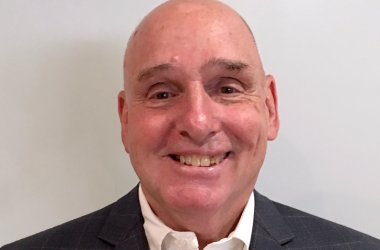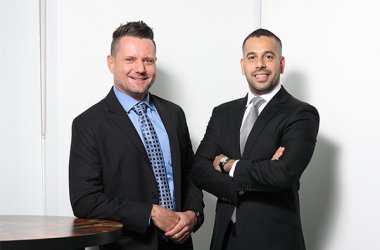
After Palm Inc. admitted that its smartphone sales were below expectations, rumors started swirling that the company might be sold, or that it could be beefing up its product line with a WiMax smartphone for Sprint Nextel.
Palm’s biggest fans say they don’t want Palm to be sold and hope the cell phone maker keeps plugging away at new smartphones and upgrades to its webOS.
"There are rumblings of [a WiMax-enabled smartphone] that might turn out to be wishful thinking, but I’d like to see that just because Palm needs to do something kind of drastic to get out there and get a good buzz [in the market]," said Kris Keilhack, associate editor at Palm InfoCenter, and a Palm device user for 14 years.
HTC has been widely rumored to be making the first WiMax phone for Sprint, Keilhack noted, but other analysts and observers said it’s possible Palm also would build one, partly because Sprint had the exclusive carrier deal to sell the Palm Pre, the first device based on the webOS, in 2009. Sprint, the nation’s third-largest wireless carrier, which is also heavily involved in deployment of the faster WiMax technology, has announced a special event at the CTIA trade show in March, but neither Sprint nor Palm responded to requests for comment.
One commenter on Gdgt.com named Oldmanwoerle reasoned that a WiMax phone from Palm on Sprint is a "huge opportunity for both Sprint and Palm to grab a lot of subscribers."
Getting more Palm smartphone devices on the market with more carriers is what several industry analysts believe will keep the company from disaster.
Verizon Wireless, the nation’s largest carrier,has been selling the the Palm Pre Plus and Pixi Plus smartphones since Jan. 25, although a report surfaced Wednesday that Verizon might begin pulling them off their shelves. However, Verizon officials Thursday called the devices "important" and said they would continue to be part of Verizon’s marketing lineup. and issued a release describing several features.
Verizon admitted that its initial marketing of Palm devices was "below expectations," Palm CEO Jon Rubinstein wrote in a letter to Palm employees yesterday. However, Rubinstein said steps were taken to accelerate sales with the help of Palm Brand Ambassadors. He said the campaign was also boosting its marketing with more Palm ads on billboards, bus shelters, buses and subway stations.
The nation’s second largest carrier, AT&T, said in January that it would sell two webOS devices this year, and some reports put the on-sale date in early May, based on filings at the Federal Communications Commission.
Even T-Mobile USA, the fourth-largest U.S. wireless carrier, is expected to sell a Palm webOS smartphone by mid-year, Keilhack said.
Getting AT&T and and T-Mobile on board would be a key move for Palm, since both use networks based on GSM, which is widely used globally, noted Kevin Burden, an analyst at ABI Research. "Getting GSM carriers is the direction that Palm needs to go, and I’m not sure why they haven’t done it up to this point," he said. "Sprint and Verizon haven’t done it for them."
By contrast, Burden said he didn’t think WiMax network rollouts would be broad enough in the U.S. this year to help Palm with a WiMax phone. "I don’t think a WiMax phone is the way to resurrect yourself," Burden said. "That creates a niche."
Ken Dulaney, an analyst at Gartner Inc. agreed, calling a WiMax phone "poor leverage for Palm." Dulaney said that getting new Palm smartphone hardware with a larger touchscreen than the Pre with a carrier such as AT&T would do Palm the most good.
"Palm needs to first and foremost build a phone that looks like the iPhone and the Nexus One and get rid of the Pre’s [physical] keyboard," Dulaney said. "Making it thin would be great with a touchscreen that’s 3.7 inches to 4.3 inches. They have to hit the next home run here."
Dulaney said he has already heard from two large mobile application developers that he refused to name who told him that developing applications for Palm’s webOS will be a lower priority than developing apps for Android devices, the iPhone or the upcoming Windows Phone 7 devices. "There are just too many OSes to do them all," he said.
However, there are some smaller and younger developers using the webOS platform who want Palm to stay financially healthy and not be sold. One of them, WizardApps, founded by Andrew Munsell, 15, of Seattle, is featured atop the official Palm blog, where he expounds on the value of writing apps for webOS in HTML and Javascript. Munsell is earning a few thousand dollars each month from seven webOS apps available in the Palm App Catalog, according to the blog.
"I do not believe for a second that Palm will become a minor player," Munsell said in an e-mail, noting that Palm is pushing out new features like the webOS 1.4 update being currently released.
But Palm also needs to start selling phones with AT&T, T-Mobile





